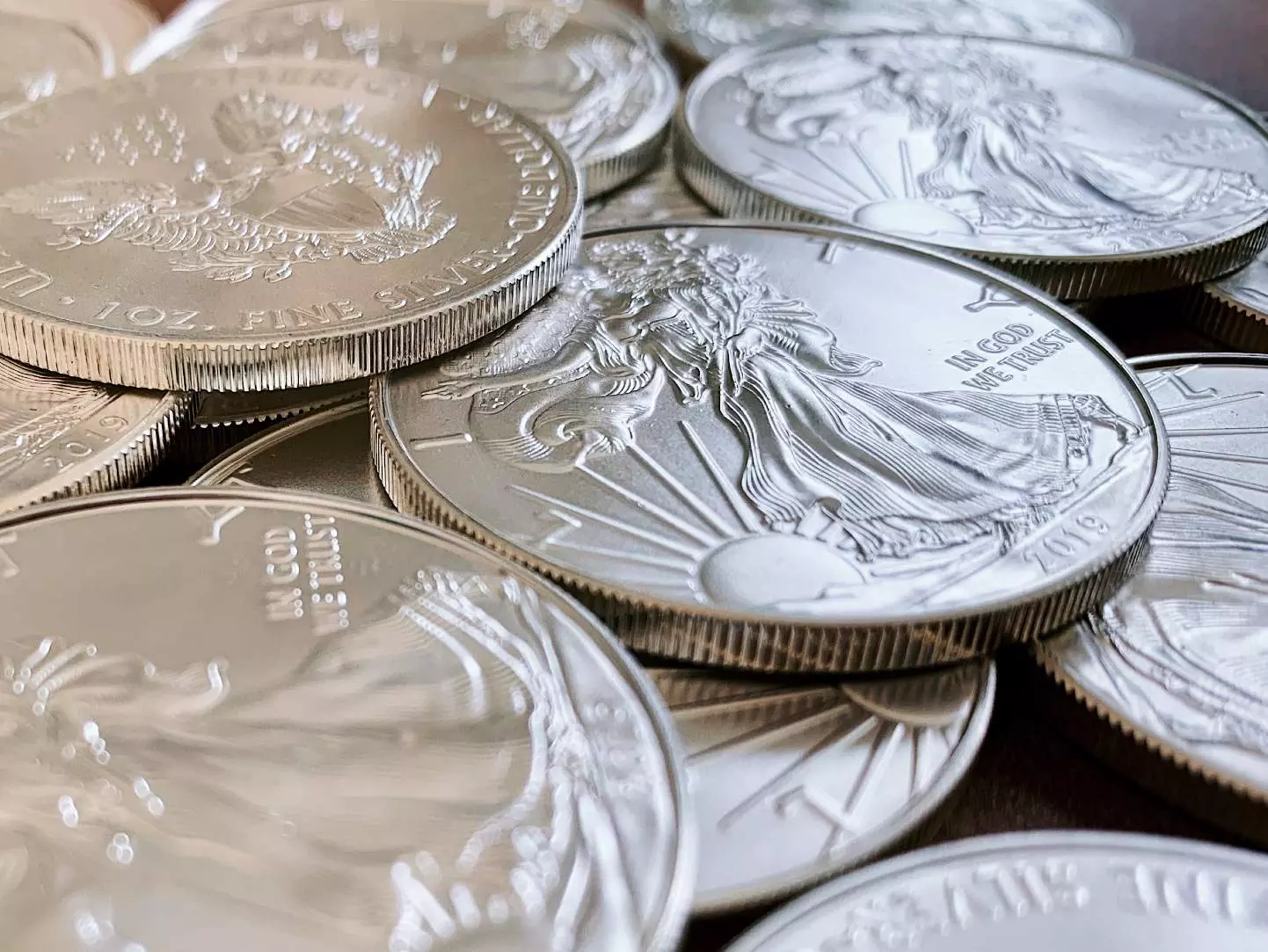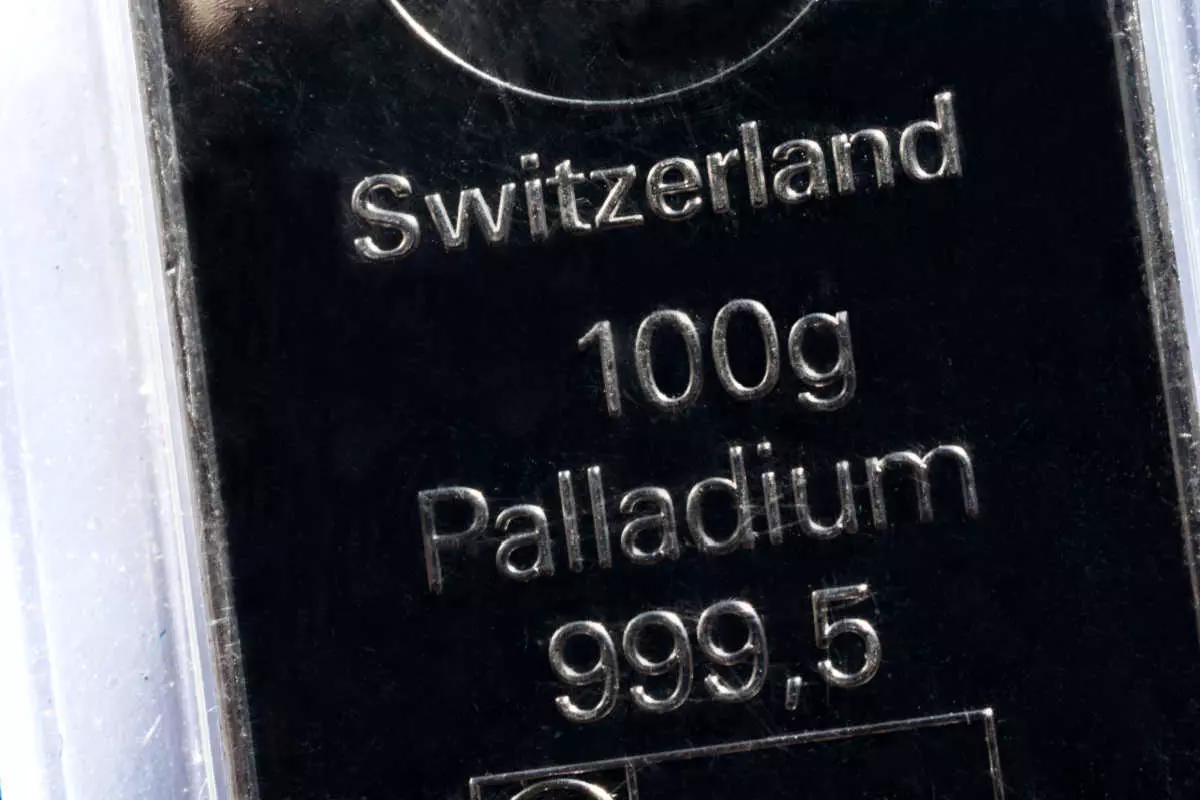When we talk about the allure of gold, it’s not just the lustrous sheen that captivates our attention – it’s also its remarkable density that sets it apart from other precious metals. But what exactly does density tell us? It measures how heavy something is for its size.
For gold, this figure stands impressively high. This high density is not just a matter of scientific curiosity; it has practical implications for authentication, purity assessment, and, ultimately, the value of gold in the market.
Whether you’re a seasoned investor or simply intrigued by gold’s physical properties, understanding its density offers insights into its legitimacy, worth, and the role it plays both in the market and in various industrial applications.
What Is the Density of Gold?
Before we explore gold’s density specifically, let’s clarify what we mean by mass, volume, and density.
Mass is the amount of matter in an object, which you might be familiar with weighing on a scale, measured in kilograms or grams. Volume, on the other hand, is the amount of space that an object occupies, measured in cubic meters or cubic centimeters.

Density is a measure of how much mass is contained in a given volume. Think of it as how tightly packed the material’s particles are. When we talk about the density of gold, we’re looking at how much a certain amount of gold weighs compared to the space it takes up.
Compared to most precious metals, gold’s density is exceptionally high, which means it has a lot of mass packed into a relatively small volume. To put it in numbers, gold has a density of approximately 19.32 grams per cubic centimeter (g/cm³).
To compare, the density of water is about 1 g/cm³ at room temperature, which is often used as a benchmark for density measurements. This means gold is nearly 19 times as dense as water.
The higher the density, the more gold there is in that space. Checking the density helps to tell if gold is real. If something is supposed to be gold but isn’t as dense as expected, it might not diluted with other metals.
How Can We Calculate the Density of Gold?
Calculating the density of gold, or any substance, involves determining two key pieces of information: its mass and volume. If you are measuring the density of a gold coin or bar, the mass and volume will typically already be indicated by the manufacturer or mint.
Once you have these two figures, you can apply the following equation to calculate the density of gold:
Density = Mass (gold weight) / Volume
For example, let’s say you have a gold bar that weighs 38.4 grams and has a volume of two cubic centimeters. Using the density formula, we can find the density of the gold bar:
Density = 38.4 g / 2 cm³ = 19.2 g/cm³
This calculation reveals the density of the bar is close to gold’s typical density of approximately 19.32 g/cm³, suggesting the bar is of high purity.
What Is the Density of Gold Compared to Other Metals?
Density is more than just a measurement; it’s a reflection of a precious metal’s value. Below, we explore how gold’s impressive density compares to silver, palladium, and platinum and how it influences market worth.
Is Silver Heavier Than Gold? Density of Gold vs. Silver
Gold and silver are both highly valued precious metals, but their densities reflect notable differences. Gold has a density of approximately 19.32 g/cm³, making it one of the densest naturally occurring elements. In contrast, silver’s density is lower, around 10.49 g/cm³.
The main reason for the difference in density between gold and silver lies in the mass of their respective atoms and the arrangement of these atoms in solid form – gold’s heavier atoms lead to a higher density compared to silver.

This means that a piece of gold of the same volume as silver will weigh almost twice as much. This difference in density is a key factor in distinguishing between the two metals in terms of value, with gold being denser and more valuable per unit of volume.
For example, gold’s current market value is around $65 per gram. With a density of 19.32 g/cm³, the cost of one cubic centimeter of gold is around $1,255.80. Silver’s market price is only about $0.73 per gram, and with its much lower density of 10.49 g/cm³, the same cubic centimeter of silver would cost only about $7.66.
Is Platinum Heavier Than Gold? Density of Gold vs. Platinum
Surprisingly to many, platinum is a precious metal that surpasses gold in terms of density. While gold has a density of about 19.32 g/cm³, platinum stands denser at approximately 21.45 g/cm³.
Platinum’s higher density indicates that its atoms are packed more closely than those in gold. This results in platinum being heavier than gold when comparing objects of the same volume.
Platinum’s greater density and rarity contribute to its higher value and desirability in certain markets, especially in jewelry and investment.
Despite gold’s lower density, its value has been protected from large price fluctuations by its historic allure. The same cannot be said for platinum, which is currently valued at $28.45 per gram. With a density of 21.45 g/cm³, a single cubic centimeter would be worth around $610.25.
Is Palladium Heavier Than Gold? Density of Gold vs. Palladium
Like silver, palladium is also lighter than gold, having a density of approximately 12.02 g/cm³. Palladium has an atomic number of 46, which means it has fewer protons and neutrons in its nucleus compared to gold, which has an atomic number of 79. This results in palladium’s lower density compared to gold.

Gold’s density and inherent value have made it a cornerstone of financial security, often used by governments and individuals as a hedge against inflation and currency devaluation. In contrast, palladium’s value is more closely tied to its industrial demand, particularly in the automotive industry for catalytic converters, which can lead to more price volatility based on market and technological changes.
At a current average price of $28.86 per gram and a density of 12.02 g/cm³, one cubic centimeter of palladium goes for about $346.90 in today’s market.
Why Does the Density of Precious Metals Matter?
- Identification and Authentication: One of the primary reasons the density of precious metals is significant is for identification and authentication. Precious metals like gold, silver, platinum, and palladium have distinct densities, making this property a reliable way to differentiate them from other materials and to detect counterfeits. For example, gold has a particularly high density of about 19.32 grams per cubic centimeter, much higher than most other metals. By measuring an item’s density, it’s possible to ascertain if it is made of the claimed metal or if it’s a fake composed of cheaper materials.
- Purity Assessment: The density of a precious metal can also provide insights into its purity. This is especially important in the jewelry industry and among investors in gold. Purity is often expressed in karats (kt), with 24 karats denoting pure gold. However, gold is frequently alloyed with other metals for use in jewelry and coins, affecting its density. For instance, an 18kt gold piece is 75% gold, with the remainder composed of other metals, resulting in a lower density. Understanding the relationship between density, karats, and purity helps investors assess the true value of gold items, as the market value is significantly influenced by the gold content.
- Scientific and Industrial Uses: The high density of precious metals is a factor in their various scientific and industrial applications. For instance, gold’s density and inertness make it ideal for use in electronics and medical devices. Similarly, platinum’s density and catalytic properties make it indispensable in automotive catalytic converters and chemical manufacturing. Understanding the density of these metals allows engineers and scientists to exploit their unique properties for specific applications.
- Impact on Value: The value of precious metals is significantly influenced by their density. For investors, the density of a metal not only confirms its authenticity and purity but also directly determines its market value. Higher-density metals like gold and platinum are more valuable per unit volume, making them highly sought after for investment portfolios.
Final Thoughts
The density of gold and other precious metals is a fundamental aspect that significantly influences their identification, authentication, purity, and, ultimately, their value in the investment market. The ability to precisely measure and understand density allows investors to make informed decisions, ensuring the authenticity and quality of their investments. Gold’s remarkable density not only sets it apart in terms of physical properties but also underscores its enduring appeal and stability as an investment asset.
James Miller is a Senior Content Writer at McGruff.com. He has a background in investing and has spent most of his career in the financial industry. He can trace his family tree back to the California Gold Rush when his ancestors risked it all to make it big in the west. He feels like he's following in their footsteps as he strives to make sense of today's gold market.
